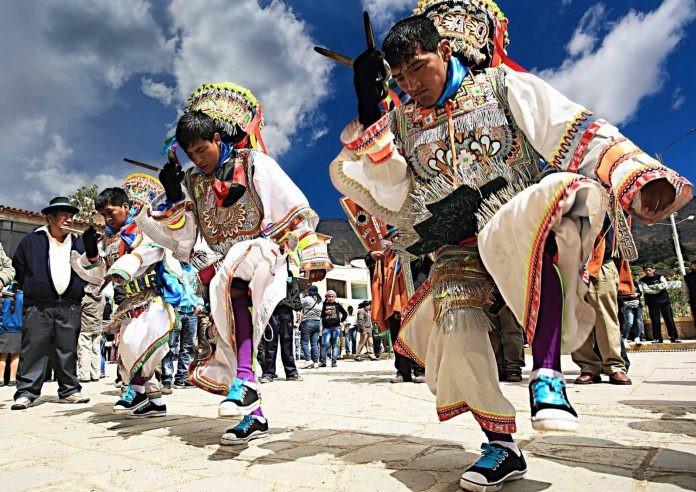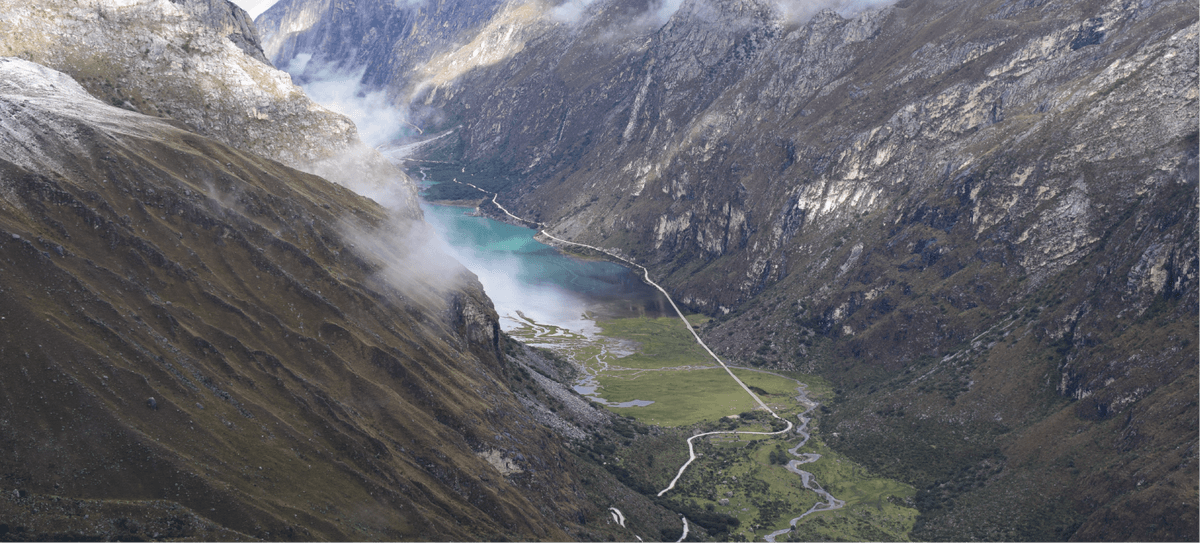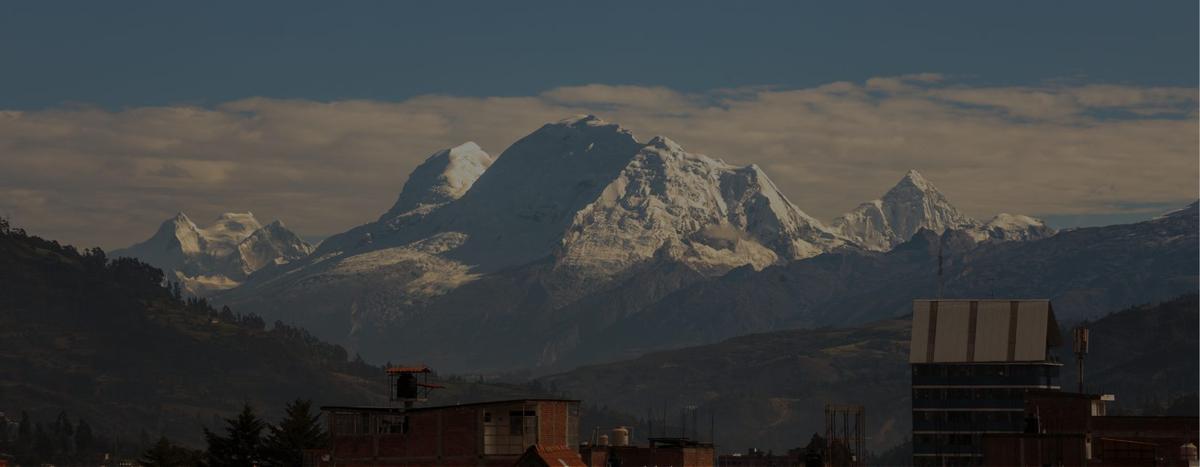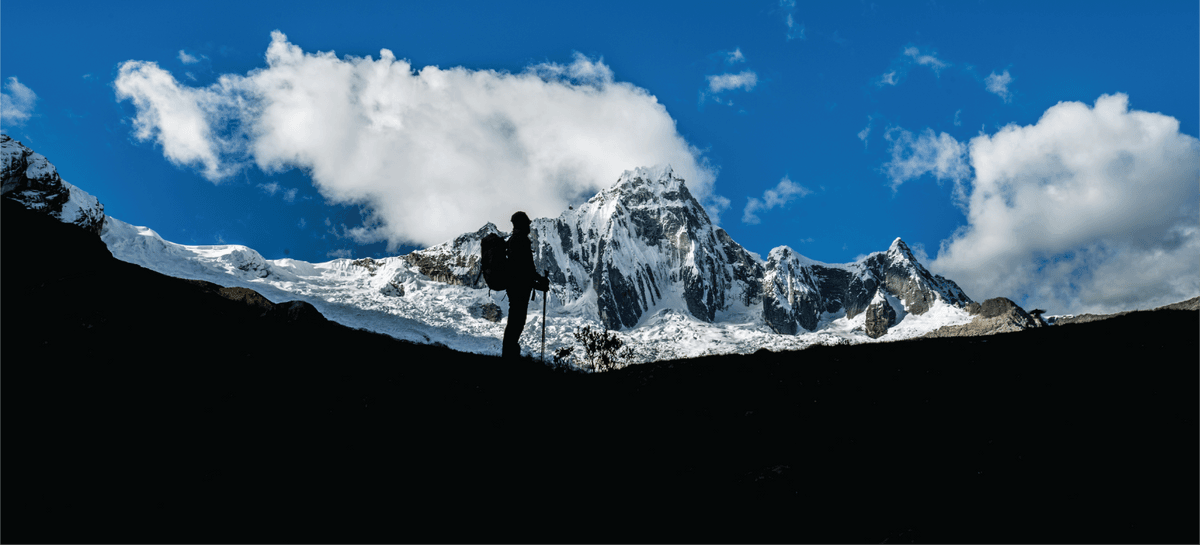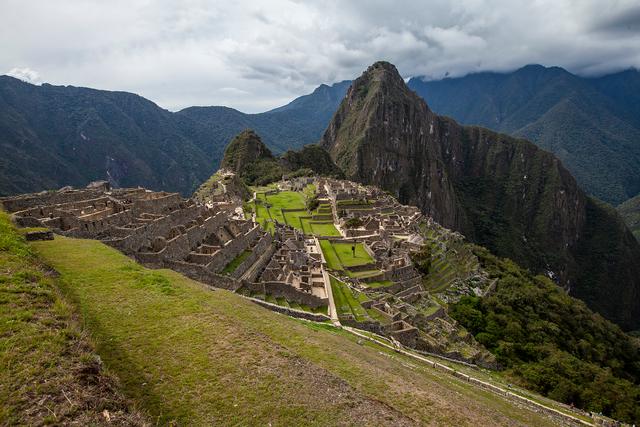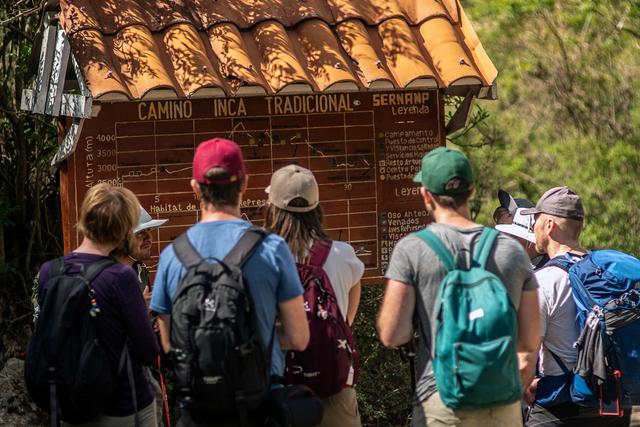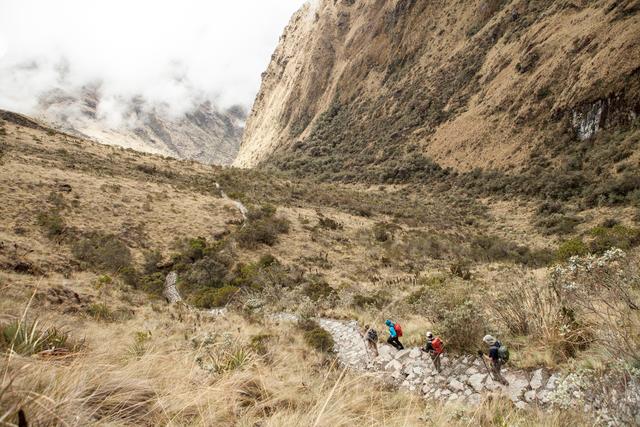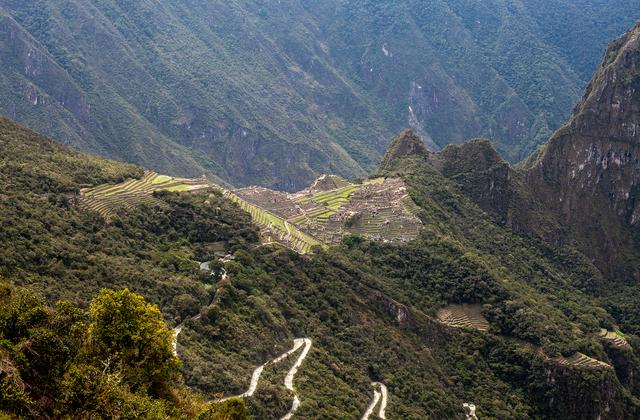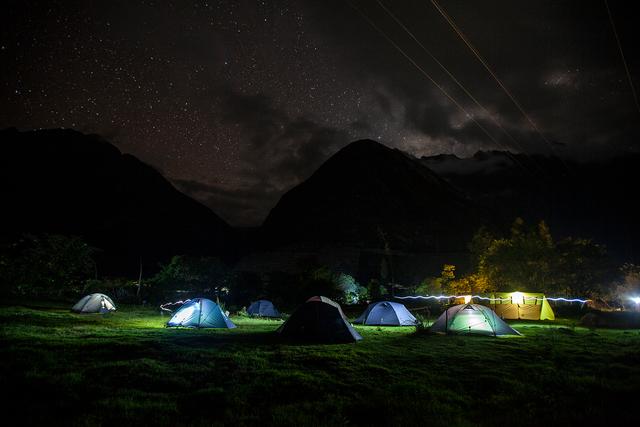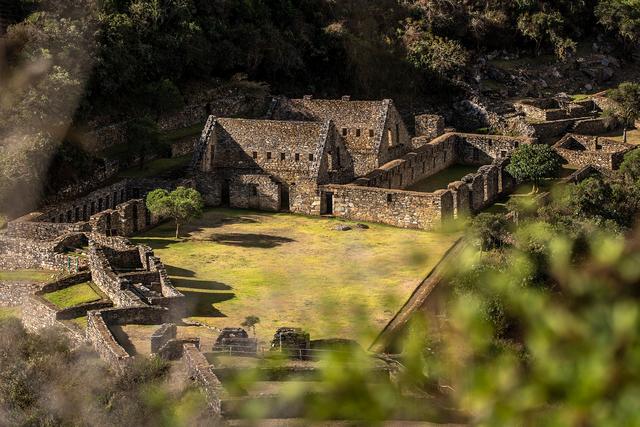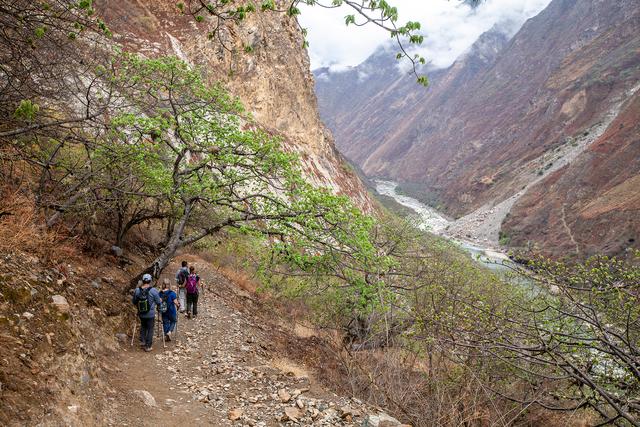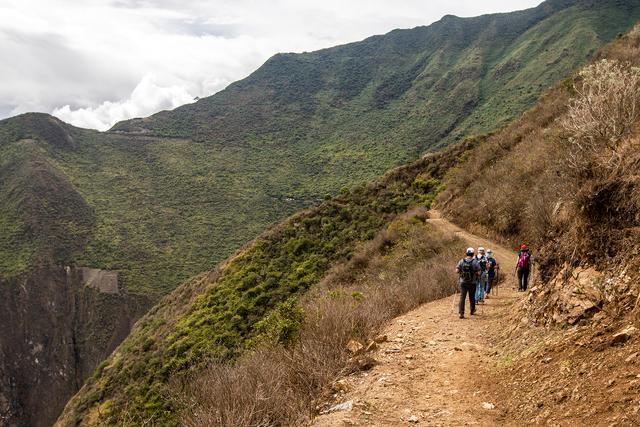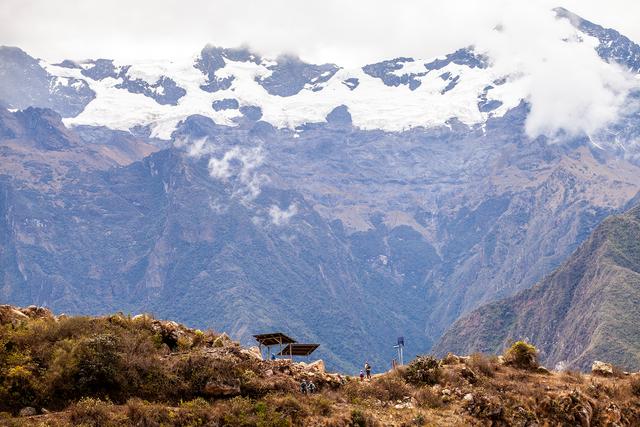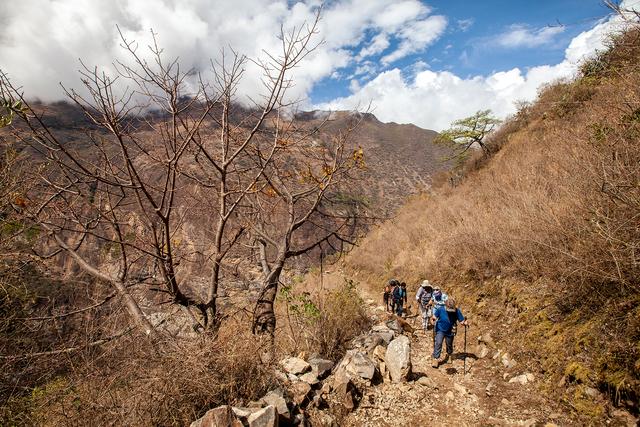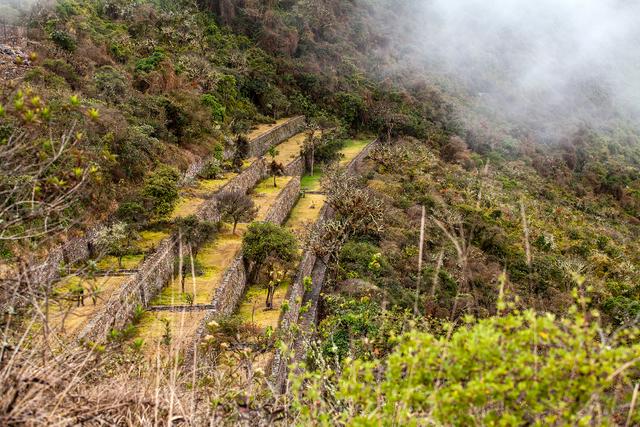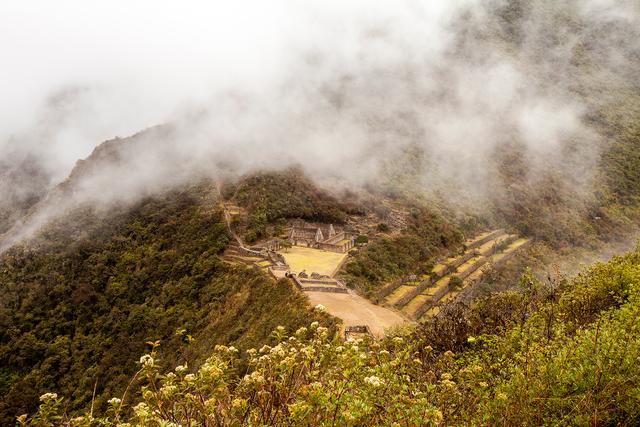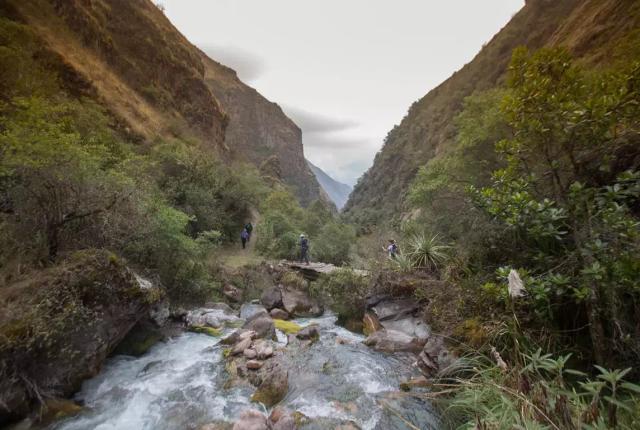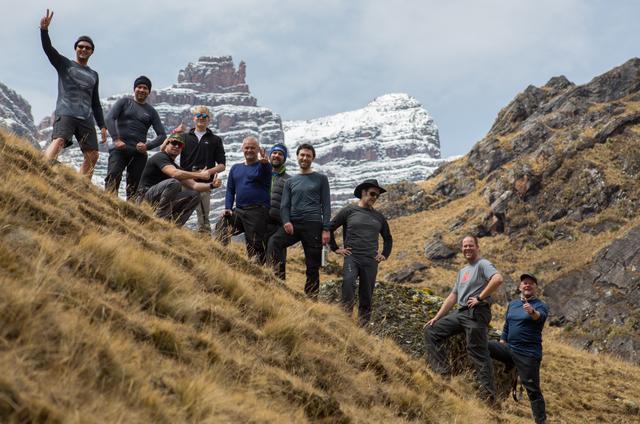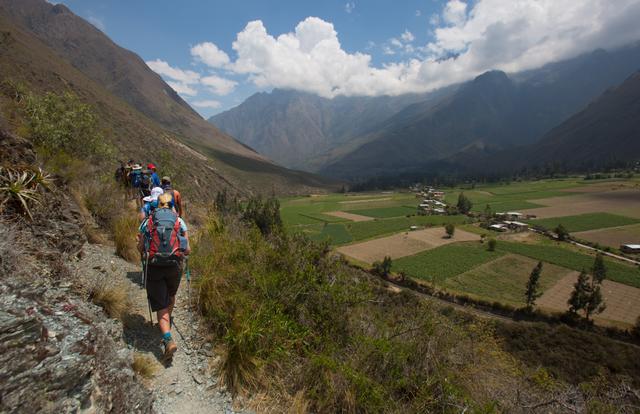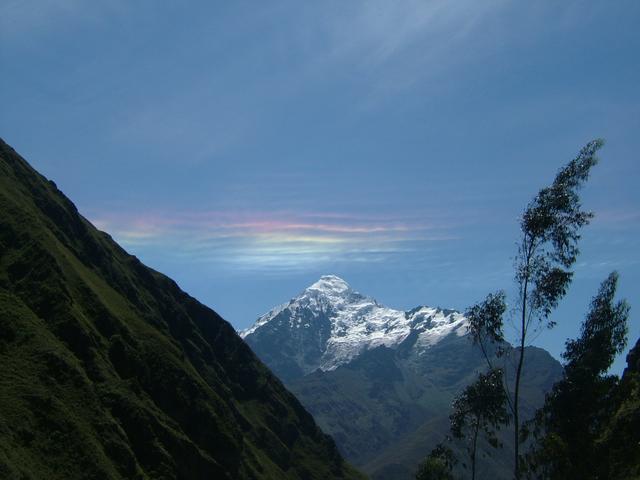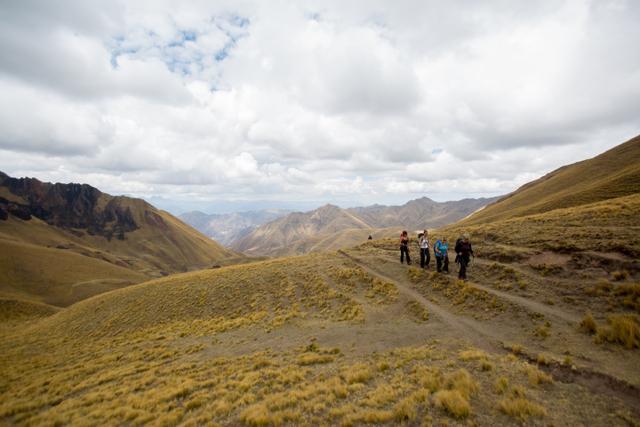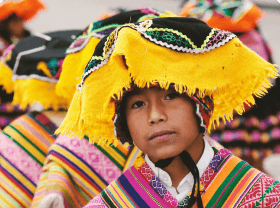
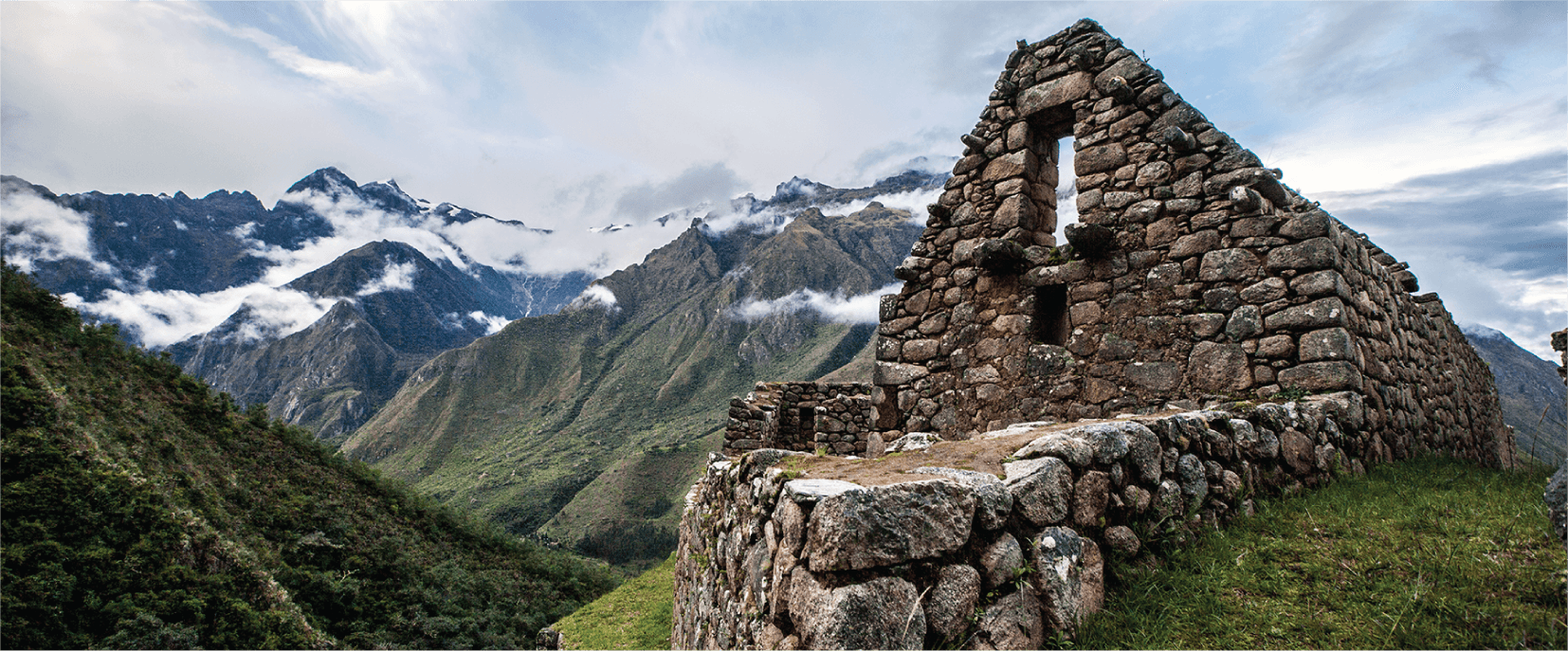
Twelve Fascinating UNESCO World Heritage Sites in Peru
Landing a spot on UNESCO’s list of World Heritage Sites is no small feat. It requires evidence of things like exemplary “human creative genius” or the existence of “superlative natural phenomena” or areas of “exceptional natural beauty,” criteria that Peru manages to meet at 12 different sites throughout the country. In this article, we introduce you to each of Peru’s otherworldly UNESCO World Heritage Sites, and boy are they worthy of their listing. They are:
1. Chan Chan
Built by the pre-Inca Chimú Culture nearly 600 years ago, Chan Chan was once the largest city in the Americas and it has continued to be the largest adobe-built complex on earth. Many of its thick earthen walls still stand and some have even managed to maintain their geometric designs and friezes despite the centuries of El Niño-induced rains. You’ll find this ancient adobe city, counted among the UNESCO World Heritage sites in Peru, near the coastal city of Trujillo.
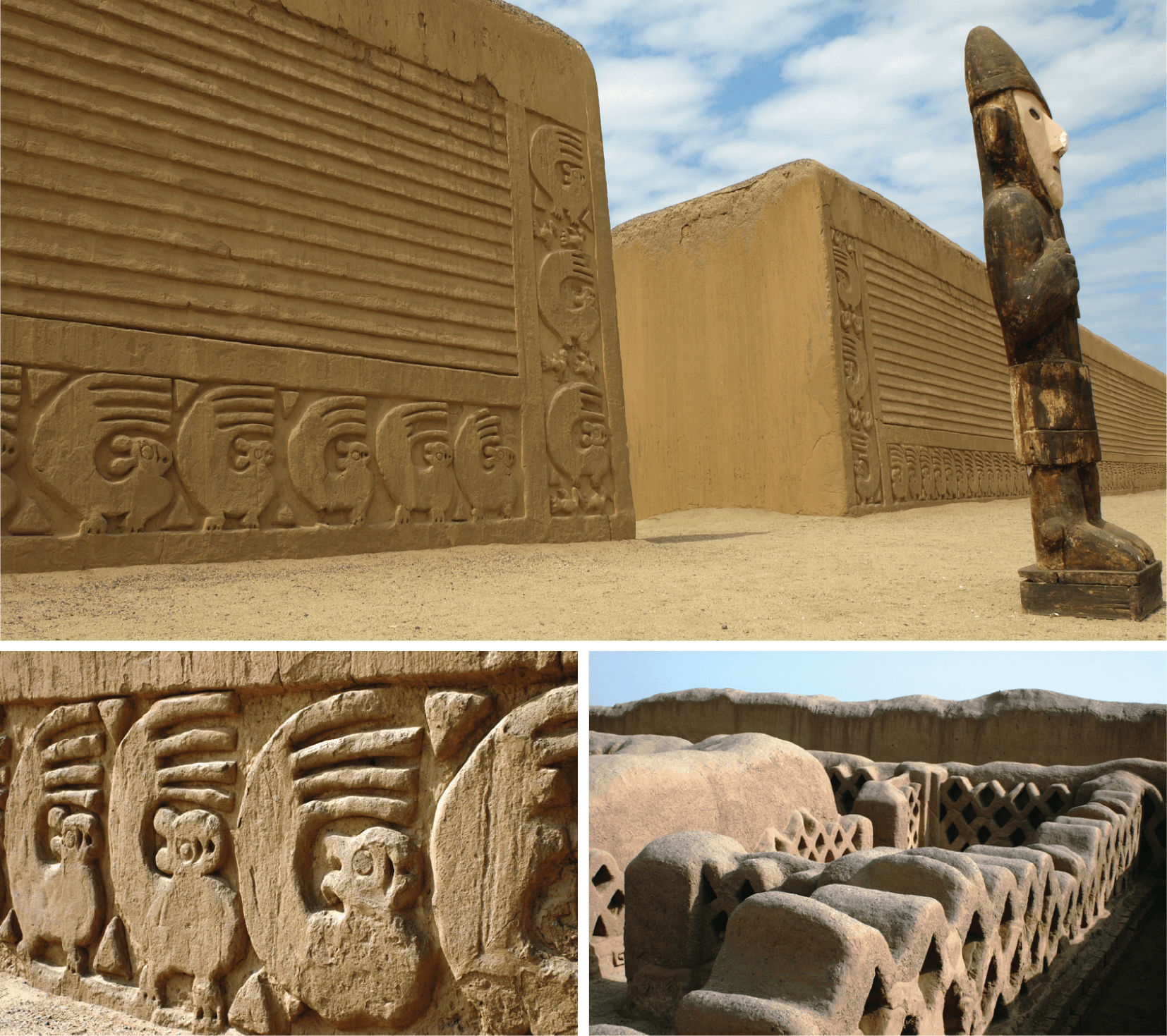
2. Chavin
Chavin, or Chavín de Huantar as its better known, is one of the oldest archaeological sites you can visit in Peru. Nestled between the eastern and western ranges of the Andes Mountains outside Huaraz, the complex of temples, terraces, and underground mazes belonged to the pre-Inca Chavin culture, but was visited by people from all over the Andes. It’s believed to have served as both a pilgrimage site and a ceremonial center. Among the most intriguing UNESCO World Heritage sites in Peru.
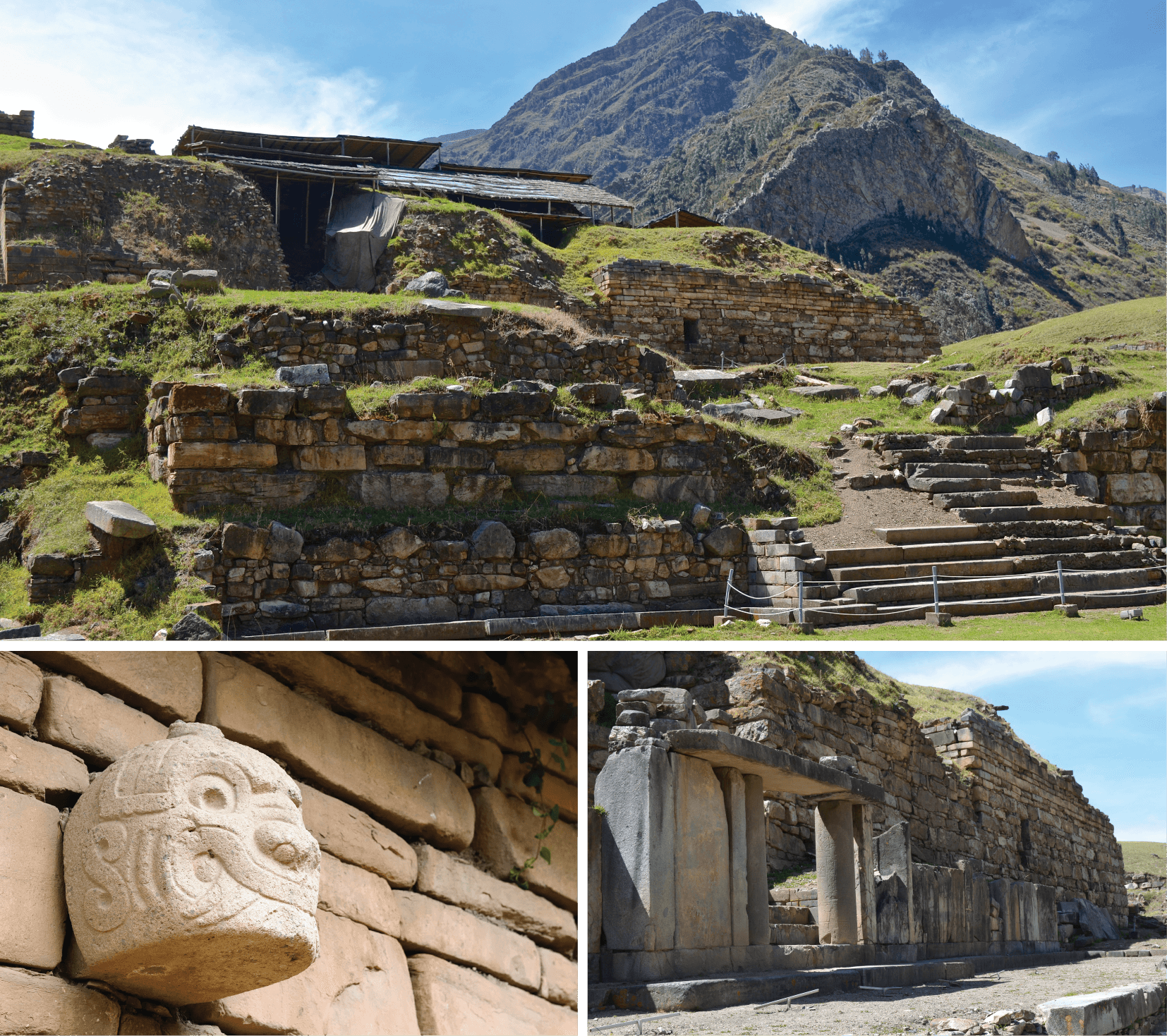
3. City of Cusco
The high altitude city of Cusco in Southern Peru is an incredible display of Inca and Spanish Colonial architecture. Its very foundations and layout are exactly how the Inca Pachacuteq designed them, while the Baroque-style buildings and churches the Spanish built over them still reflect the history that unfolded in this former imperial city of the Inca civilization. Cusco’s intriguing mixture of the ancient and the modern merits its place among UNESCO World Heritage sites in Peru.
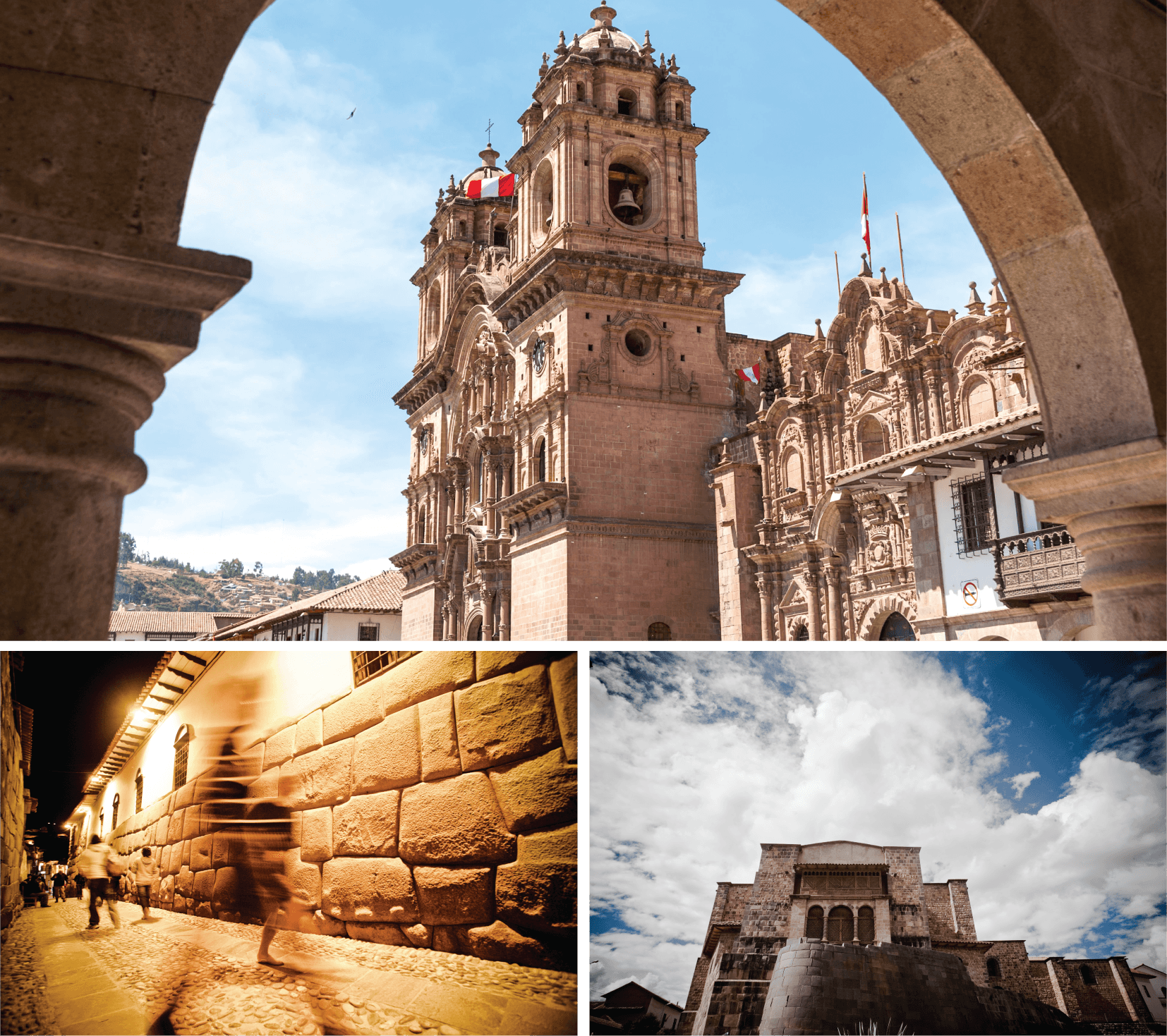
4. Historic Center of Lima
The historic center of Lima and the buildings and balconies that fill it take you back in time to the days of the viceroyalty, when Lima served as the most important city for the Spanish in South America. Technically stretching from the Plaza de Armas to the Plaza San Martin, the historic center still highlights the European and Catholic Church’s extreme influence on Peruvian culture and architecture. The sights you can’t miss include the Church and Convent of San Francisco, the Presidential Palace, and the Cathedral of Lima. Lima’s historic center, with its fascinating architecture, certainly earns its place among the UNESCO World Heritage sites in Peru.
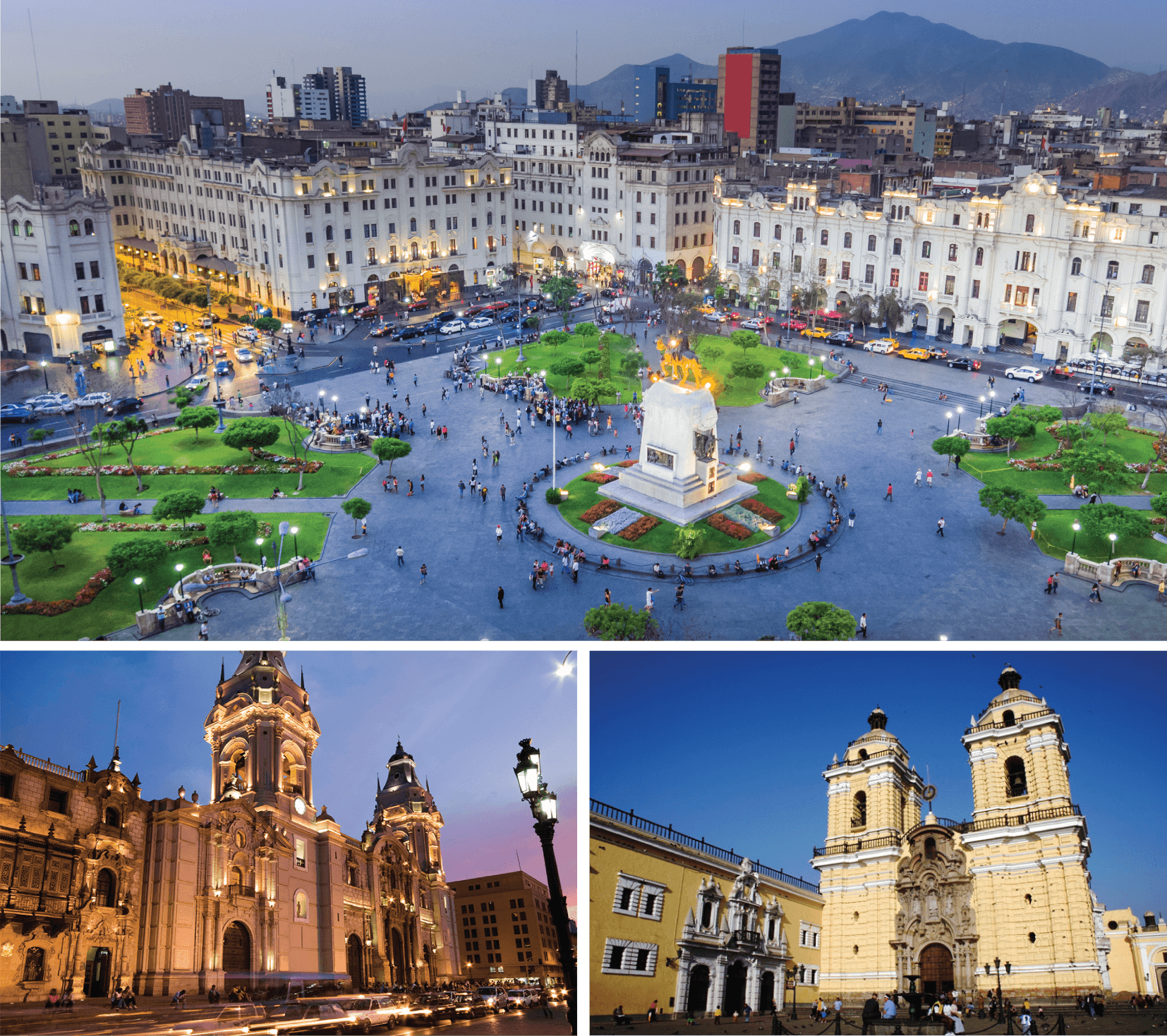
5. Historical Center of Arequipa
Covering 49 blocks, the historical center of Arequipa is a feat of nature and construction, blending the Spanish Baroque style with that of the indigenous. Most, if not all, of the buildings within Arequipa’s historical center were constructed with the unique volcanic stone called sillar, giving the city a stunning all-over white façade that has led to its nickname “The White City.”
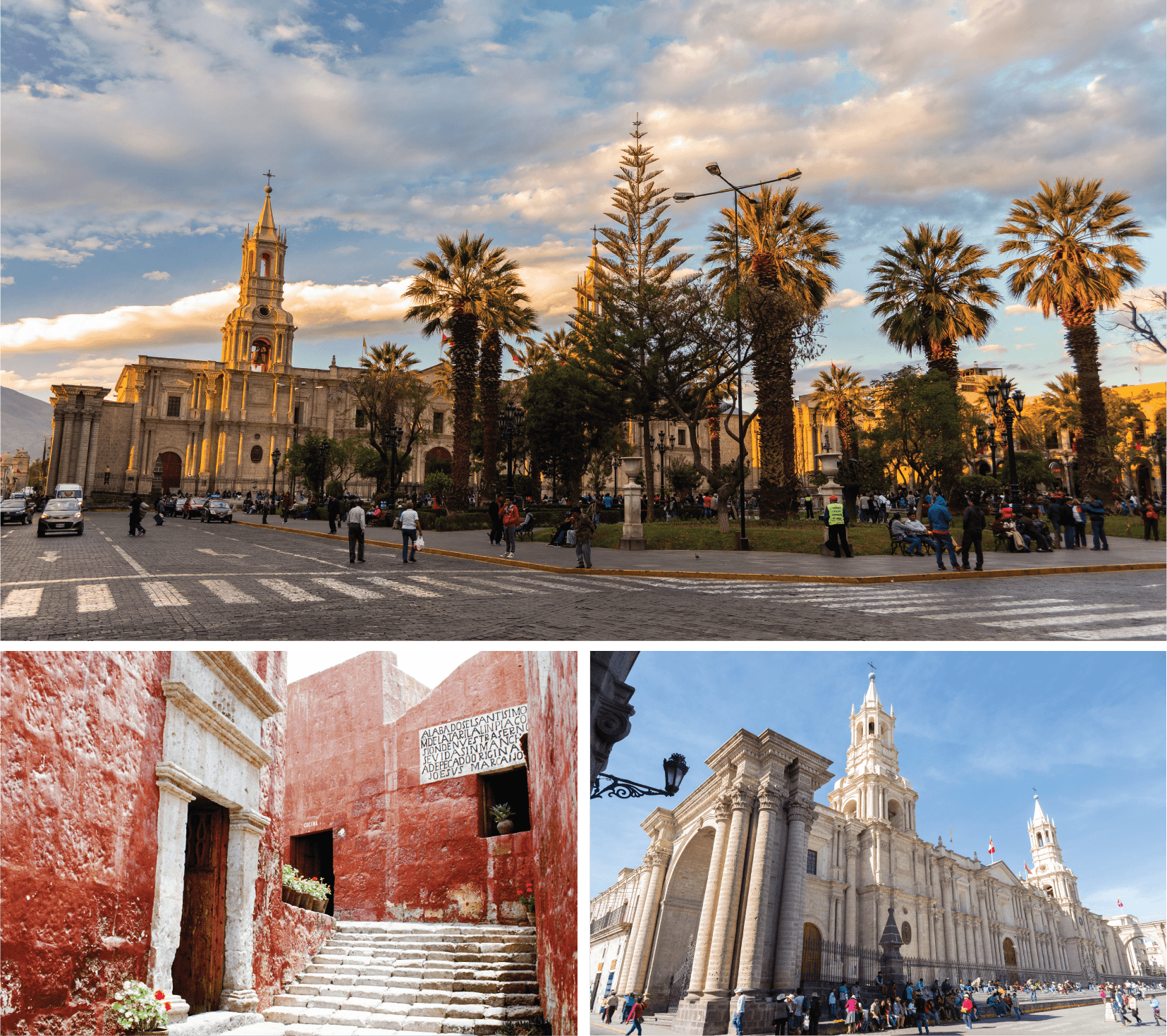
6. Lines and Geoglyphs of Nazca and Palpa
Etched into the desert sands of Nazca, the lines and geoglyphs of Nazca and Palpa are truly spectacular to see, if not for their massive size and variety of shapes, then for the fact that they were put there sometime between 500 B.C. and 500 A.D. The jury’s still out on why they were ever created, but there are several theories that tie them to ritual astronomical functions. This mysterious area, one of the UNESCO World Heritage sites in Peru, can be best viewed from the air.
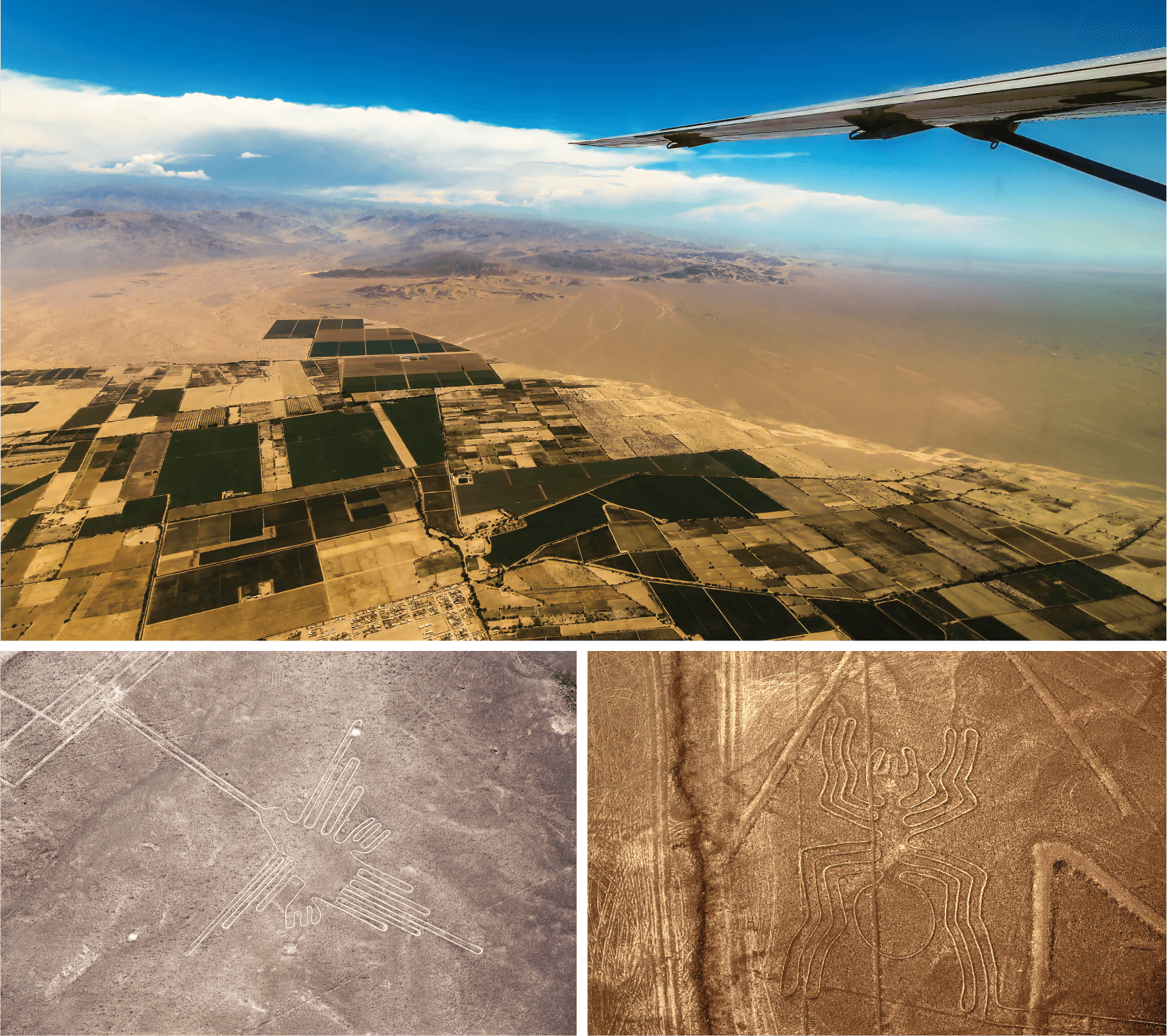
7. Qhapac Ñan, Andean Road System
Used as much for transportation as for a means of communication during Incan times, the Qhapac Ñan is a system of Inca roads that linked the Andes to the coast, traversing desert, snow-capped peaks, and steamy jungle terrain along the way. The entire network of roads spanned a whopping 30,000 kilometers, with its most famous stretch being the road that leads from Ollantaytambo to Machu Picchu, or the Inca Trail, as it is better known. The Qhapac Ñan, the extensive roadway of the ancient Incas, earns an exalted place among the UNESCO World Heritage sites in Peru.
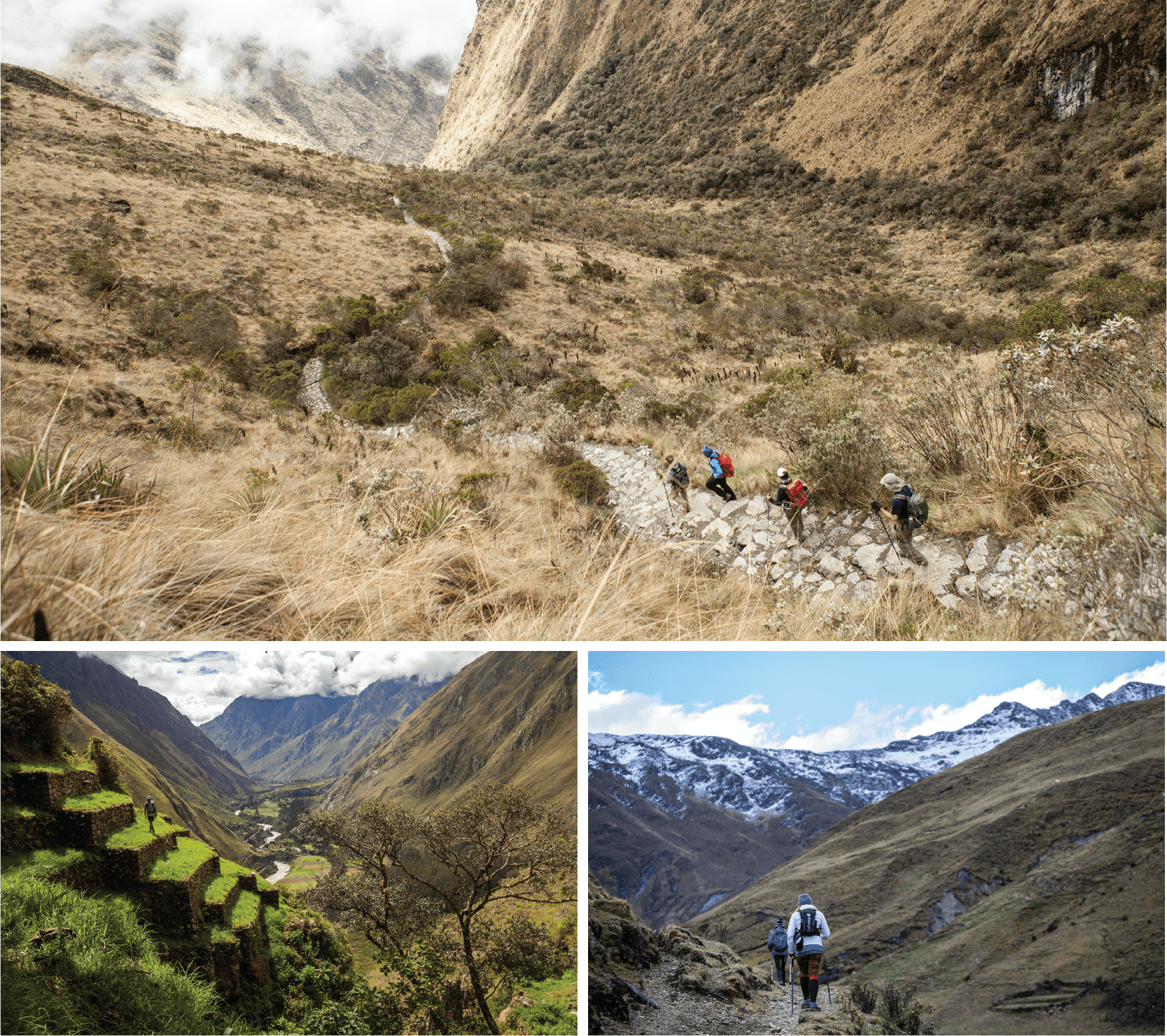
8. Sacred City of Caral-Supe
This 5,000-year-old site located about 200 kilometers north of Lima is one of the best representations of Late Archaic architecture in Peru and it’s considered to be the earliest known settlement in the Americas. The complex of pyramids, plazas, dwellings, and recessed circular courts belonged to the Norte Chico civilization. Beyond their architectural influence on nearby and subsequent coastal civilizations, their use of a knotted textile piece used for record-keeping ,called a quipu, is a legacy that continued to be passed through the centuries right up to and through the time of the Incas.
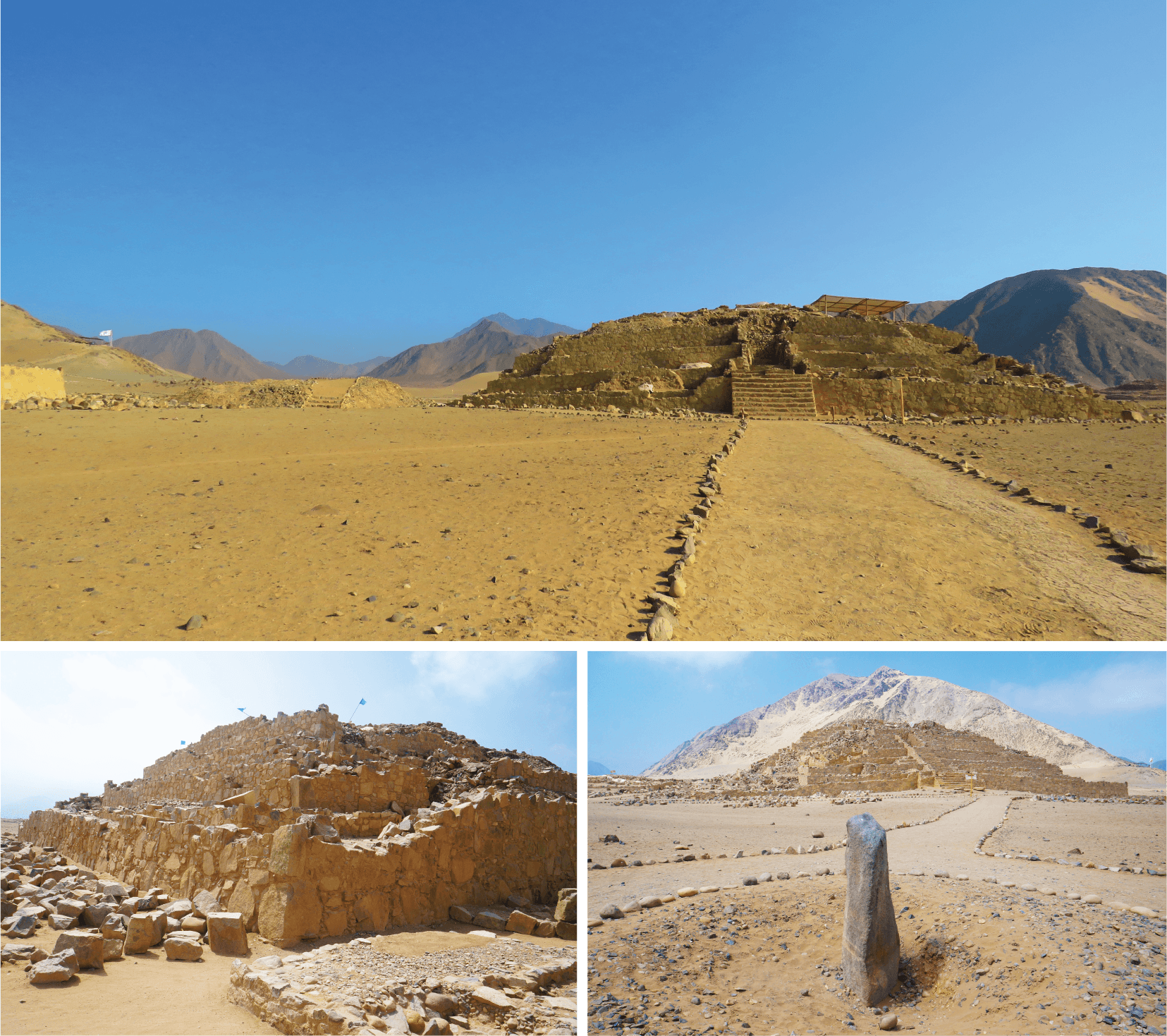
9. Huascaran National Park
It is not surprising that Huascaran National Park stands out among the UNESCO World Heritage sites in Peru! Like a mountaineer’s playground, Huascaran National Park is home to not only 27 snow-capped peaks, but the tallest peak in all of Peru, Mt. Huascaran at 6,768 m.a.s.l. The national park’s most famous treks include the Santa Cruz Trek, the Huayhuash Trek, and the Alpamayo Trek, while day hikers set their sights on Laguna 69, Lake Churup, and Willcacocha Lake, to name just a few.
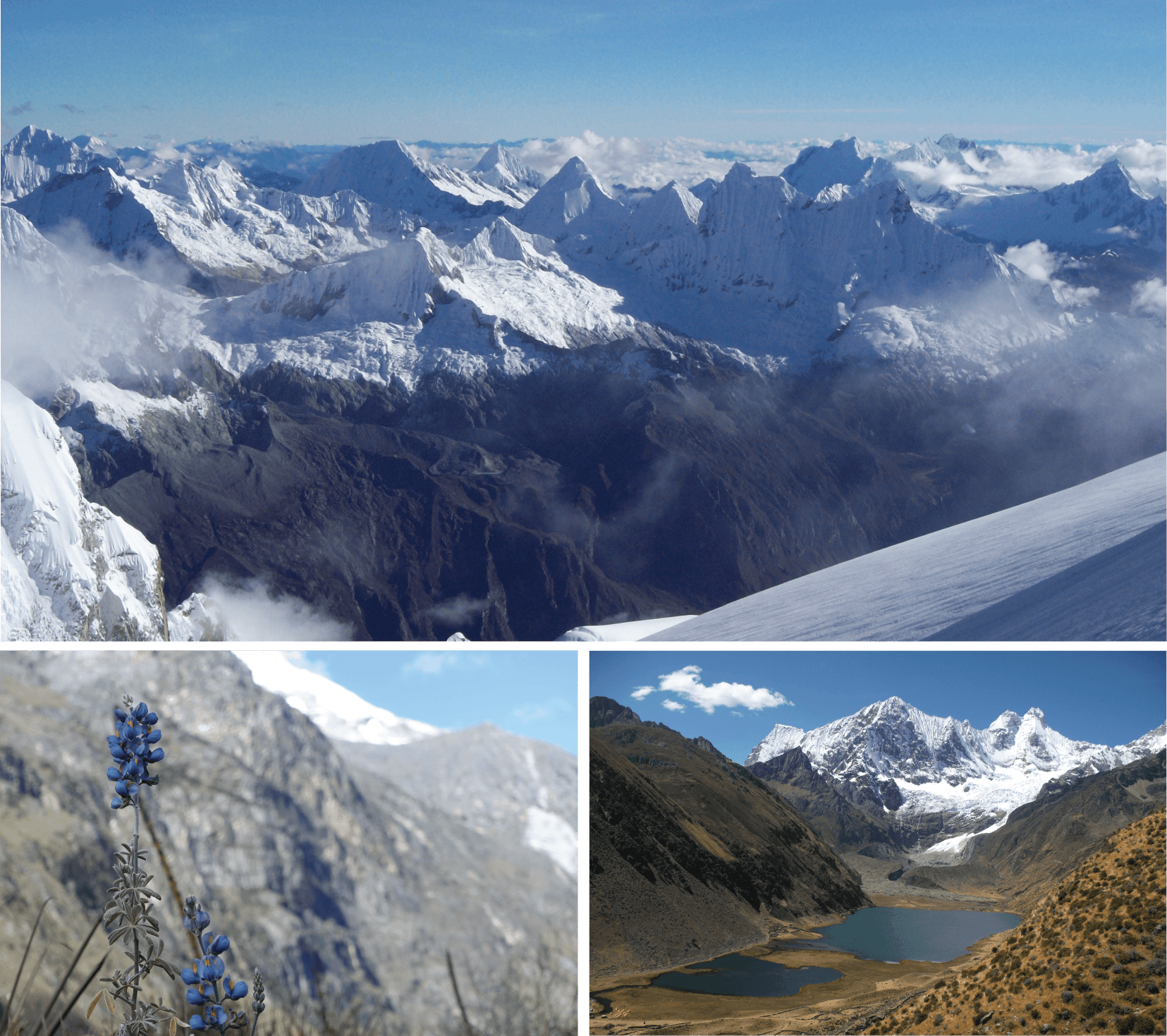
10. Manu National Park
Where the Tropical Andes meet the Amazon Basin is the UNESCO World Heritage Site called Manu National Park, a 1.5 million hectare park that has managed to avoid the negative environmental impact that’s plagued other jungle regions. As a result, its biodiversity is unparalleled. 850 species of birds and 13 species of primates call it home, as do rare species like the giant otter, the giant armadillo, and the jaguar. In terms of plant diversity, scientists estimate that anywhere from 2,000 to 5,000 different plant species exist within the park’s perimeters. It is no wonder that this natural wonder is among the most vibrant UNESCO World Heritage sites in Peru.
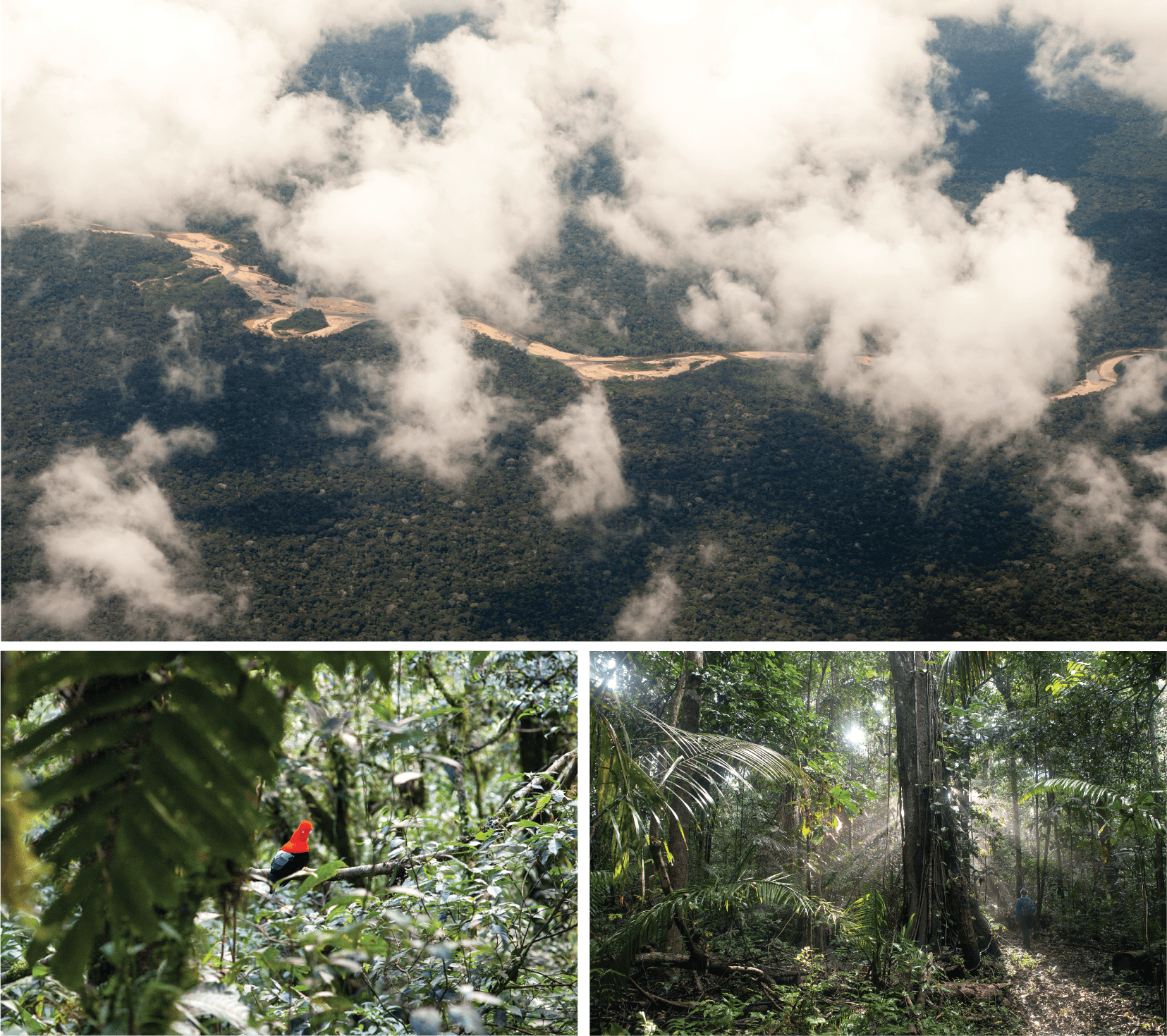
11. Historic Sanctuary of Machu Picchu
Of all of the UNESCO World Heritage sites in Peru, this is likely the one you knew about and perhaps the one that drew you to plan a trip to Peru in the first place. Machu Picchu is considered to be one of the most amazing urban creations of the Inca Empire, if not the world. It’s believed to have been used by the Incas as a religious, ceremonial, astronomical, and agricultural center, but mystery still surrounds its exact role and significance to the Empire.
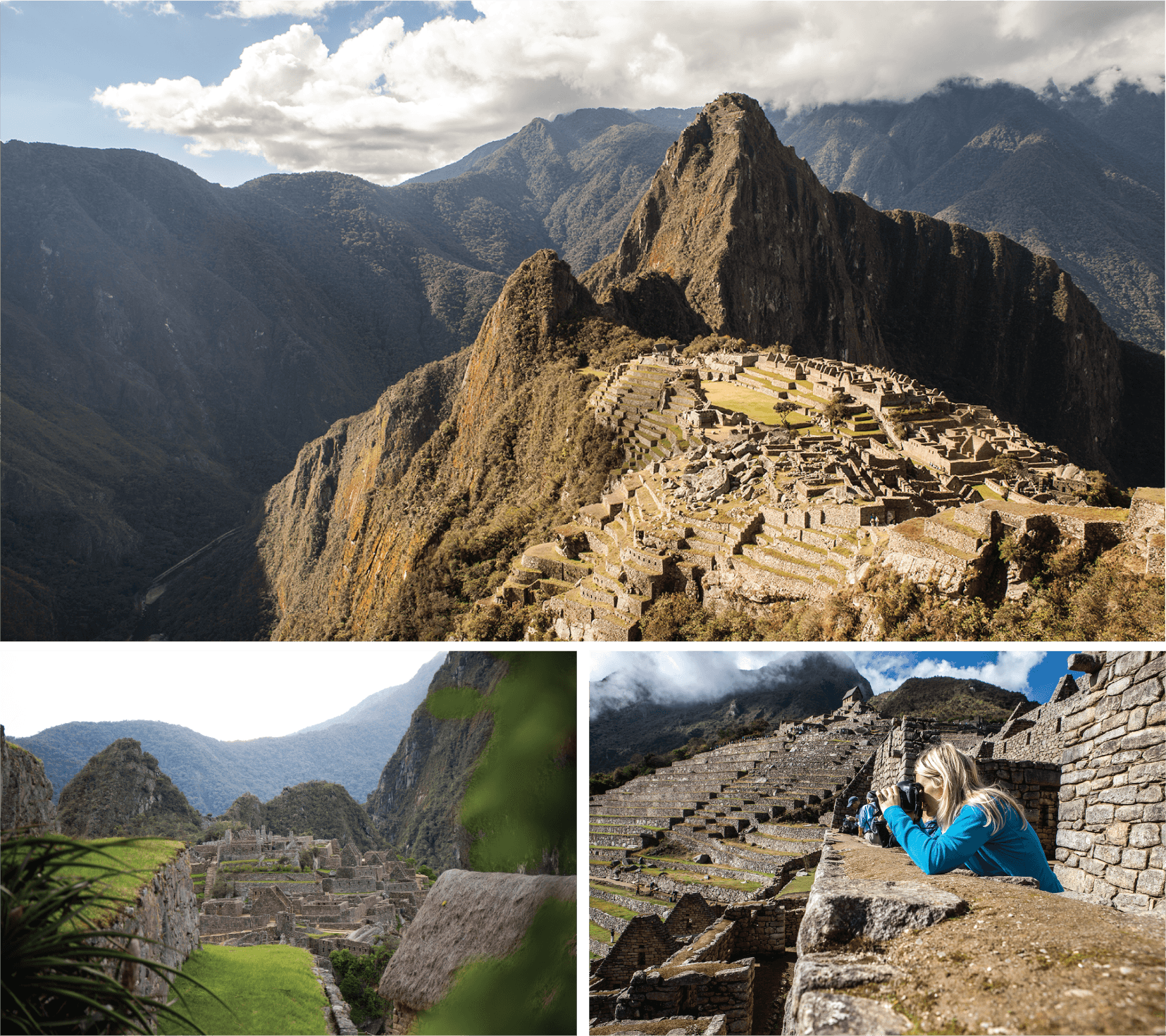
12. Rio Abiseo National Park
Situated on the eastern slope of the Tropical Andes in North-Central Peru, the Rio Abiseo National Park is a treasure trove of nature and culture, justifying its place among the UNESCO World Heritage sites in Peru. The park’s impressive number of endemic flora and fauna can be attributed to its role as a Pleistocene refuge, meaning its very existence helped species survive periods of glaciation. When there, keep your eyes peeled for the yellow-tailed wooly monkey, a species previously believed to have gone extinct, and pay a visit to any one of the 36 archaeological sites situated within the park.
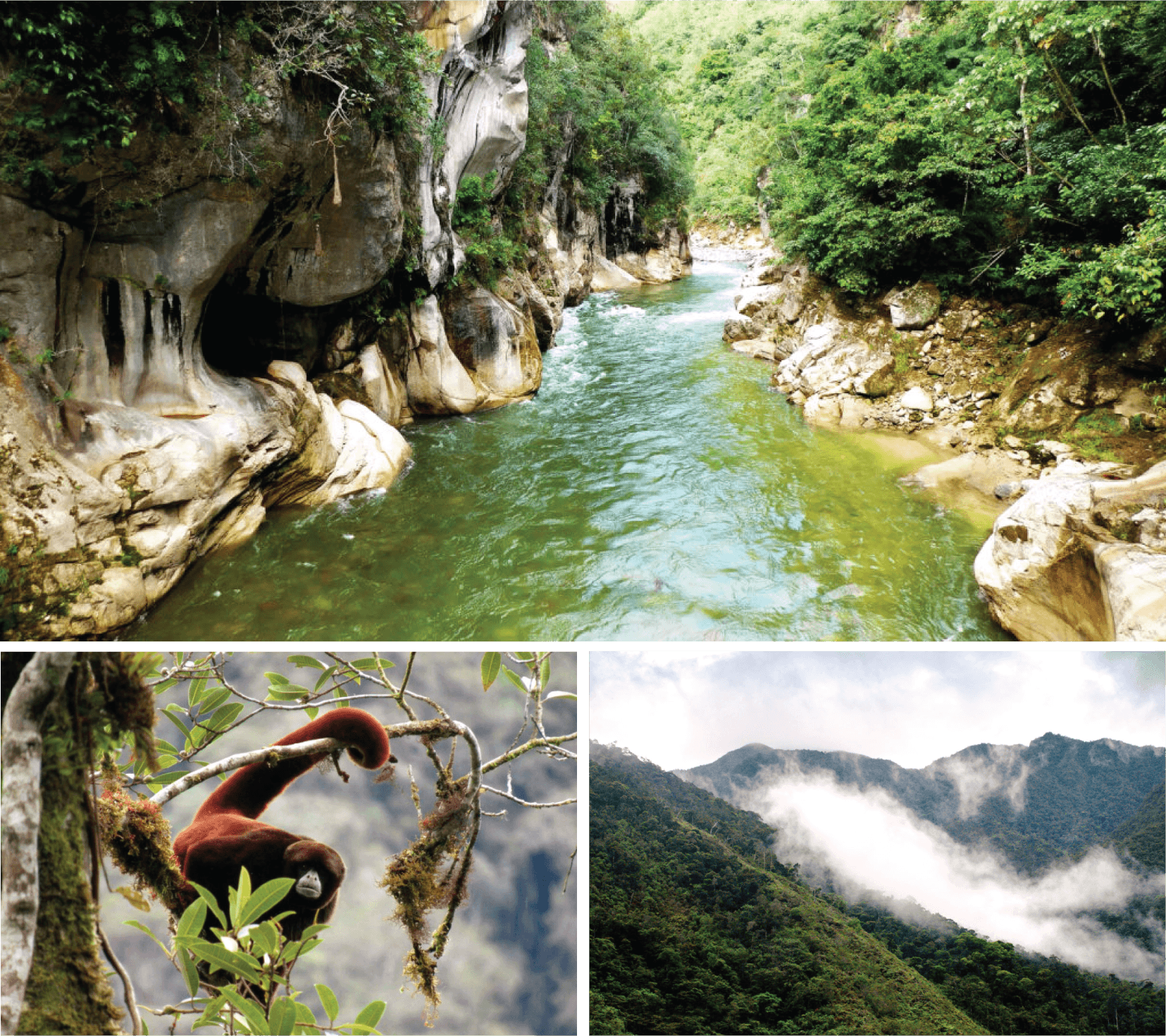

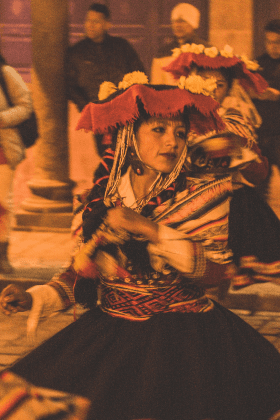
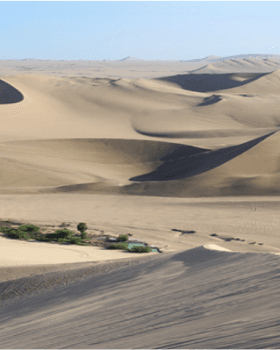
March - December
5 days / 4 nights
March - October
7 days / 6 nights
March - December
5 days / 4 nights
April - October
6 days / 5 nights
